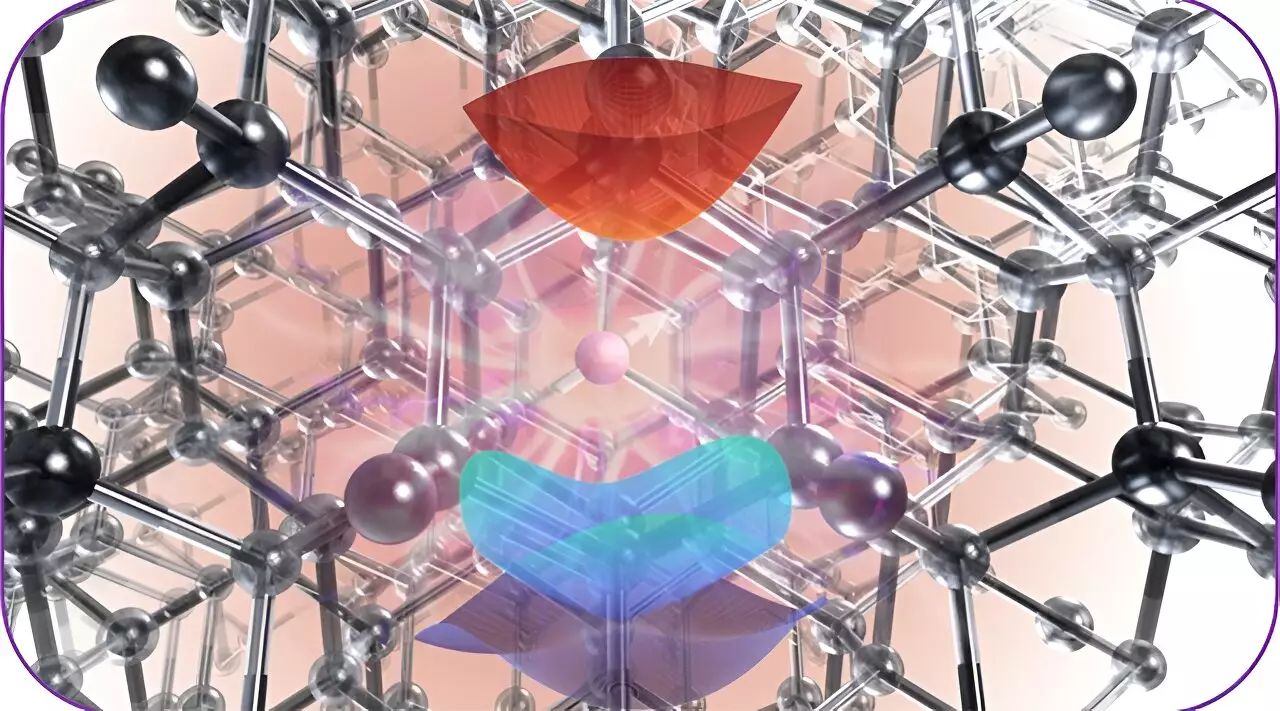Researchers at the University of Chicago’s Pritzker School of Molecular Engineering (PME), in collaboration with Argonne National Laboratory and the University of Modena and Reggio Emilia, have made a significant breakthrough in the field of quantum materials. With the development of a new computational tool called WEST-TDDFT, scientists can now better understand and engineer materials for quantum technologies. This open-source software package, developed within the Midwest Integrated Center for Computational Materials (MICCoM), has the potential to revolutionize the way we study and utilize quantum materials.
Quantum materials hold immense potential for the advancement of quantum technologies. These materials exhibit unique properties and behaviors at the atomic level, allowing for the creation of powerful quantum systems. However, understanding how these materials interact with light is crucial for harnessing their full potential.
The new computational tool, WEST-TDDFT (Without Empty States—Time-Dependent Density Functional Theory), enables scientists to study the absorption and emission of light by quantum materials in unprecedented detail. By accurately predicting these atomic processes, researchers can manipulate quantum materials effectively and design novel applications such as sensors or data-storage units.
A Powerful Tool for Quantum Research
The development of WEST-TDDFT represents a major advancement in quantum research. By utilizing quantum mechanical equations, the tool provides a more efficient and accurate way of analyzing large and complex systems. Previously, the complexity of these equations and the computational power required made it challenging to study quantum materials at a larger scale.
The increased speed and efficiency of solving these equations mean that researchers can now analyze larger systems more easily. This allows for a closer examination of experimental systems used in laboratories, bringing quantum research closer to real-world applications.
To demonstrate the capabilities of WEST-TDDFT, the research team conducted experiments on various materials, including diamond, 4H silicon carbide, and magnesium oxide. The tool proved effective in calculating the properties of these systems, even when they consisted of hundreds or thousands of atoms.
Furthermore, the team developed an efficient approach that can be run on two different computer architectures: central processing units (CPUs) and graphics processing units (GPUs). This flexibility enables researchers to utilize their existing computational resources and opens up new possibilities for studying a wide range of materials.
Pushing the Boundaries of Quantum Research
The release of WEST-TDDFT and its integration into the MICCoM package marks a significant step forward in the study and design of quantum materials. The research team, led by Professor Marco Govoni, aims to continue refining and expanding the algorithms within the software for diverse applications, from quantum technologies to low-power and energy applications.
By solving the equations describing light emission and absorption more efficiently, WEST-TDDFT allows for a more accurate analysis of realistic systems. This breakthrough brings us one step closer to unlocking the full potential of quantum materials and designing revolutionary quantum sensors that rely on spin defects.
With the development of WEST-TDDFT, researchers at the University of Chicago and their collaborators have opened up new avenues of exploration in the field of quantum materials. This computational tool provides scientists with a powerful means of studying light absorption and emission on a larger scale than ever before, paving the way for advancements in quantum technologies.
As the research team continues to refine and apply the algorithms within WEST-TDDFT, the possibilities for harnessing the unique properties of quantum materials are limitless. With further advancements in quantum research, we can expect to see groundbreaking applications that will shape the future of technology.


Leave a Reply